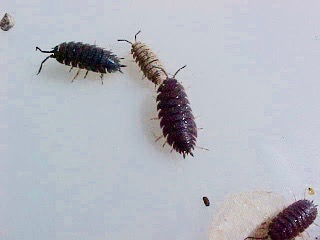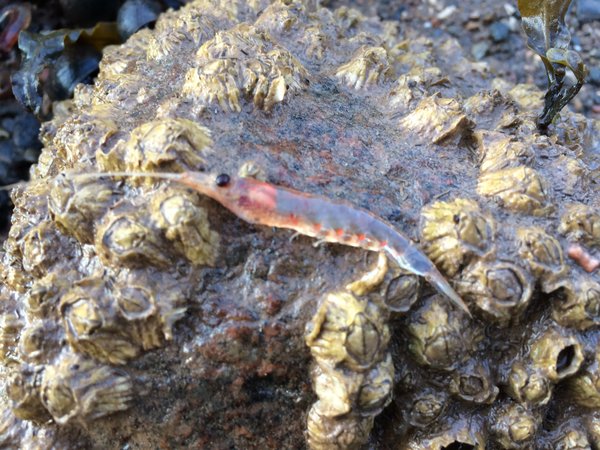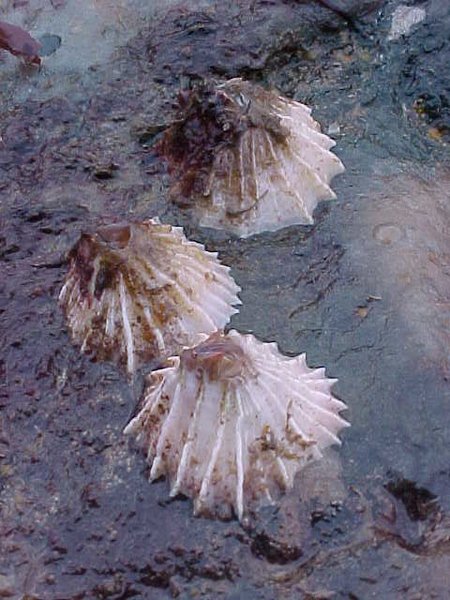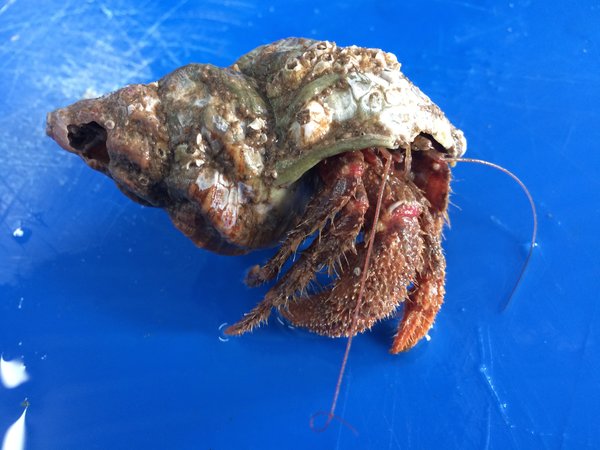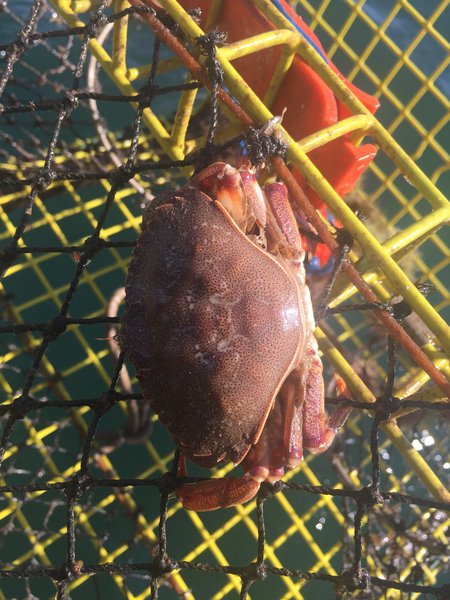 Image 1 of 3
Image 1 of 3

 Image 2 of 3
Image 2 of 3

 Image 3 of 3
Image 3 of 3




Rock Barnacle (Balanus balanoides)
Common name: rock barnacle
Scientific name: Balanus balanoides
Locations: “glued” to pilings, floats, rocks, boats, sea creatures of the intertidal zone
Seasonality: available all year
Color: off-white
Size: 1/2” – 3/4”
Collected: by hand
Quantity: sold by the each
Common name: rock barnacle
Scientific name: Balanus balanoides
Locations: “glued” to pilings, floats, rocks, boats, sea creatures of the intertidal zone
Seasonality: available all year
Color: off-white
Size: 1/2” – 3/4”
Collected: by hand
Quantity: sold by the each
Common name: rock barnacle
Scientific name: Balanus balanoides
Locations: “glued” to pilings, floats, rocks, boats, sea creatures of the intertidal zone
Seasonality: available all year
Color: off-white
Size: 1/2” – 3/4”
Collected: by hand
Quantity: sold by the each
Rock barnacles cling to rocks and make a living filtering food from the cold Atlantic Ocean waters. Join Tidepool Tim as he inspects their life strategies on a local beach. See how barnacles live and keep from getting crowded out or eaten by predators.

Rock barnacles on a blue mussel, all on shale substrate.
Tidepool Tim says, “Barnacles produce their own super-cement, and never move a day in their lives! They’re very stubborn crustaceans. They even molt! They close their shells at low tide, then open their mouths to feed when submerged in water. Feather-like feedings legs come out of their mouths and collect phytoplankton from the surrounding water. The legs also act as gills and gather dissolved oxygen. Take a close look at a barnacle underwater, then move your hand near it and watch the feeding legs retract. Barnacles don’t have eyes, but they can sense the change in light exposure using photoreceptor cells.”

